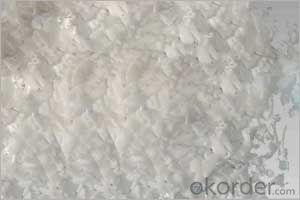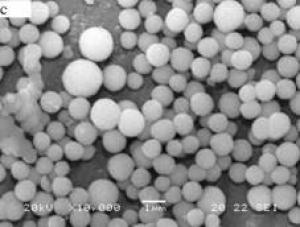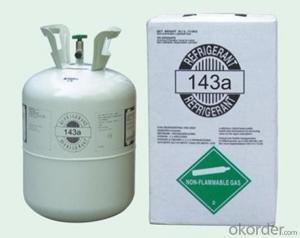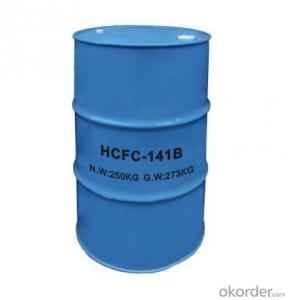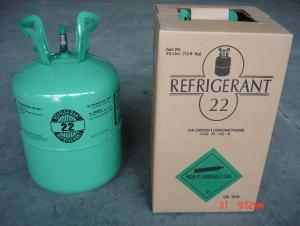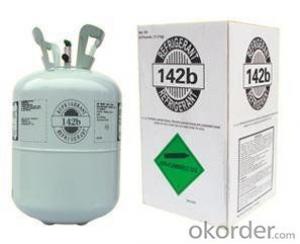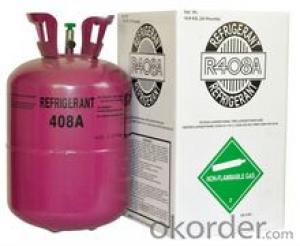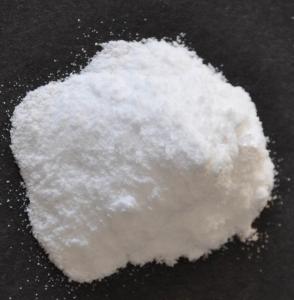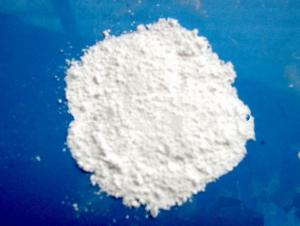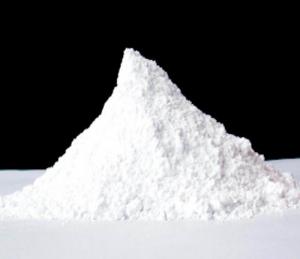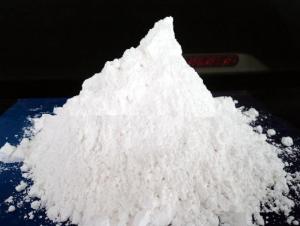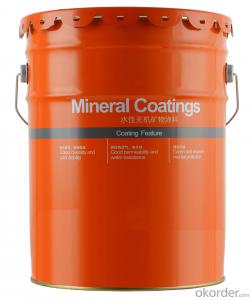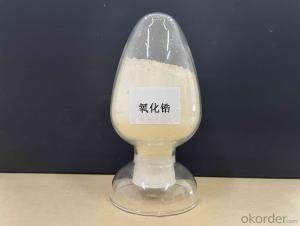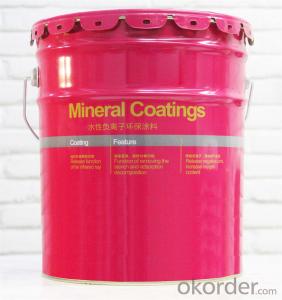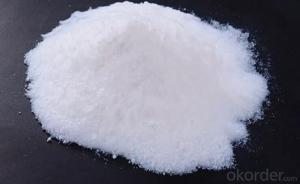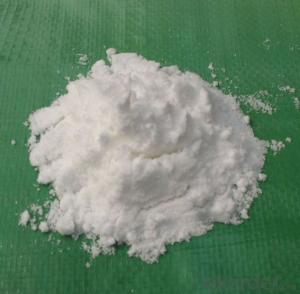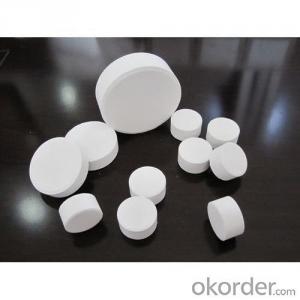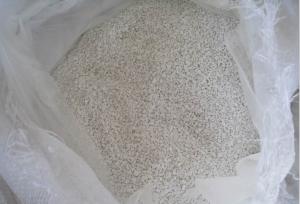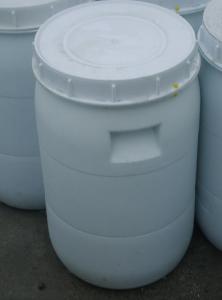Stearic Acid Flakes
- Loading Port:
- Tianjin
- Payment Terms:
- TT OR LC
- Min Order Qty:
- -
- Supply Capability:
- 8000MT/month m.t./month
OKorder Service Pledge
OKorder Financial Service
You Might Also Like
Stearic acid
Formula: C18H36O2
Structural Formula:CH3(CH2)16COOH
Product Description:
Shaped like Lump, flake; Saturated fatty acid mainly with C16 and C18, white flake solid at ambient temperature, not dissolved in water, slightly dissolved in benzene and carbon bisulfide, and easily dissolved in hot alcohol. No smell no poison. It has the general chemical properties of organic carboxylic acid.
Physicochemical Properties:
pure product is white with a shiny soft small pieces, melting point 69.6 degrees, the boiling point of 376.1 degrees. Relative density 0.9408, refractive index 1.4299, slowly volatile in the 90-100 degrees. Slightly soluble in cold water, soluble in alcohol, acetone, soluble in benzene, chloroform, ethyl ether, carbon tetrachloride, carbon disulfide, toluene and so on.
Specification:
Item | Index | |||||
Grade No. | 1842 | 1838 | 1820 | 1860 | 1870 | 1880 |
Iodine value gI2/100g ≤ | ≤5.0 | ≤5.0 | ≤5.0 | ≤6.0 | ≤7.0 | ≤8.0 |
Saponification value mgKOH/g | 206~211 | 206-213 | 214-216 | 193-220 | 193-220 | 192-218 |
Acid value mgKOH/g | 208~210 | 210~211.5 | 214-225 | 182-218 | 192-218 | 193-220 |
Chroma (Hazen) ≤ | ≤60 | ≤80 | ≤100 | 200-400 | ≤150 | 400 |
Freezing point °C | 54~57 | 54~57 | 55~57 | 54 | 52 | 52 |
Moisture % ≤ | ≤0.2 | ≤0.2 | ≤0.2 | ≤0.3 | ≤0.3 | ≤0.3 |
Inorganic acid % ≤ | 0.001 | 0.001 | 0.001 | 0.001 | 0.001 | 0.001 |
Suggest Uses:
Mainly for the production of stearic acid salts: Widely used system for cosmetics, plastic cold-resistant plasticizer, release agent, stabilizer, surfactants, rubber vulcanization accelerator, waterproof agent, polishing agent, metal soap, metal mineral flotation agent, softeners, pharmaceuticals, and other organic chemicals.
In addition, oil-soluble pigments can be used as solvents, crayons transfer slip agent, waxed paper lighting agent, stearic acid glyceride emulsifier, etc..
Packing :25/50kg in PP bag ,25MT/20GP
Product Storage:
in dry warehouse ventilation should be more than 10mm from the ground to avoid damp products in the above-mentioned conditions, from the date of delivery for one year shelf life.
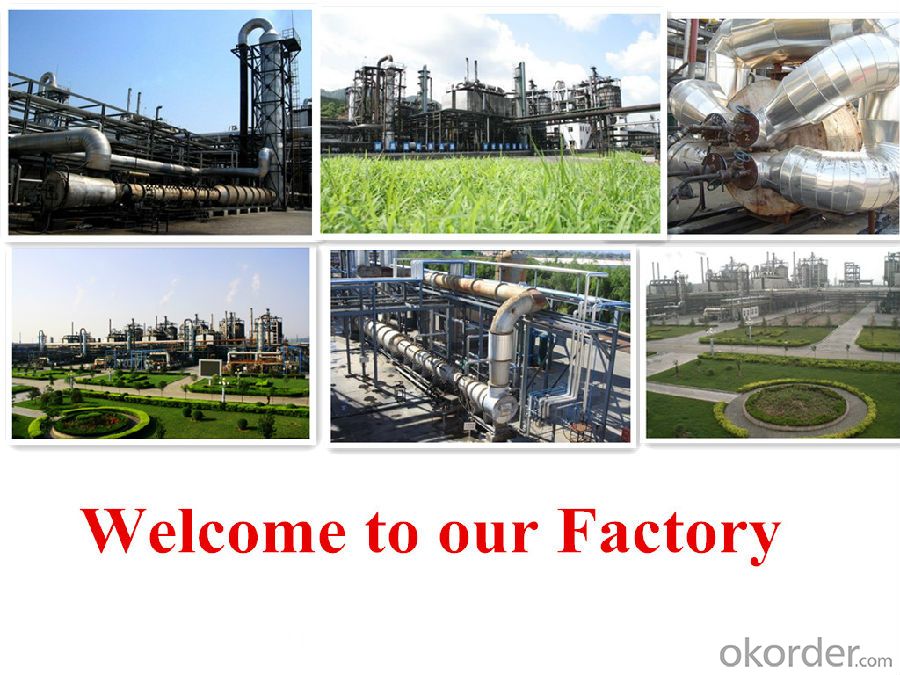
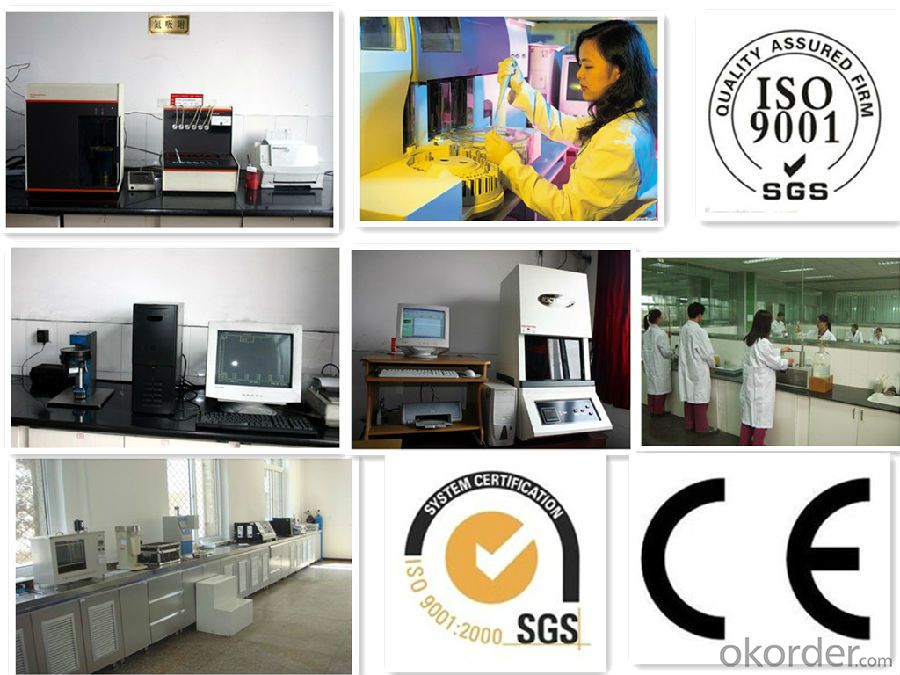
- Q:Artemisinin is not a derivative of hydrocarbons
- There are many types of hydrocarbons, flammable and explosive materials, the structure of the known hydrocarbons in more than 2000. The hydrocarbon is the parent of the organic compound, and the other various organic compounds can be regarded as derivatives of one or more hydrogen atoms in the hydrocarbon molecule being replaced by atoms or radicals of other elements.
- Q:Is steel not organic synthetic material?
- Steel is a mixture, the vast majority of elemental iron, also contains other elements, carbon is mixed in the inside, and did not constitute a compound.
- Q:Why does the hydrocarbon derivative make the bromine water fade and the hydrocarbon can not
- As long as carbon and carbon double bonds and three hydrocarbons can be hydrocarbons
- Q:The role of sugar in the human body?
- Maintain the normal function of brain cells: carbohydrates is to maintain the normal function of the brain the only source of energy.When our body blood glucose concentration decreased, the brain tissue due to lack of energy to brain cell function damage, resulting in dysfunction, so we need to pay attention not to let the body Blood glucose concentration is too low.
- Q:Is the number of hydrogen atoms in the hydrocarbon or hydrocarbon derivative molecule be even
- Other hydrocarbon derivatives are not necessarily, such as halogenated hydrocarbons containing odd halogen molecules, containing an odd number of N atoms containing C, H. O, N four elements of the compound, their number of hydrogen atoms are odd.
- Q:What are the characteristics of organic compounds?
- Organic compounds are usually referred to as carbon-containing compounds, or hydrocarbon-containing compounds and their derivatives are collectively referred to as organic matter. Organic compounds are generally insoluble in water and soluble in organic solvents with lower melting points. The vast majority of organic matter heat easily decomposed, easy to burn. The reaction of organic matter is generally slow and often accompanied by side effects, and there are many kinds of organic compounds, which can be divided into two major categories of hydrocarbon and hydrocarbon derivatives. According to the organic groups contained in the functional groups, divided into alkanes, alkenes, alkynes, aromatic hydrocarbons and alcohols, aldehydes, carboxylic acids, esters and so on. According to the organic carbon molecular structure, can also be divided into open chain compounds, carbocyclic compounds and heterocyclic compounds three categories.
- Q:Is the heterocyclic compound not a derivative of cyclic hydrocarbons? why?
- Aromatic hydrocarbons referred to as "aromatic", usually refers to the molecules containing benzene ring structure of hydrocarbons. Is a kind of closed-chain class.
- Q:What is organic matter? Candle is organic?
- For example: CH4 C2H6O and so are organic matter
- Q:How to distinguish between inorganic chemicals and organic chemicals
- Hydrocarbons and their derivatives are organic chemicals. There are carbon and hydrogen compounds, in addition to carbonic acid series, cyanide series of things, carbon oxides, the rest you can think of are organic compounds, these compounds as the main ingredient of the chemical is organic chemicals. Inorganic chemistry focuses on the study of the structure and properties of inorganic matter and its use, and is devoted to the study of organic matter (carbon) in all aspects of knowledge. Inorganic and life closer, organic and industrial and agricultural production more closely.
- Q:What is the isomeric structure of oxygen-containing derivatives?
- Play the Transformers. As long as the same molecular formula, you can group out how many different structures, there are a number of isomers.
1. Manufacturer Overview |
|
|---|---|
| Location | |
| Year Established | |
| Annual Output Value | |
| Main Markets | |
| Company Certifications | |
2. Manufacturer Certificates |
|
|---|---|
| a) Certification Name | |
| Range | |
| Reference | |
| Validity Period | |
3. Manufacturer Capability |
|
|---|---|
| a)Trade Capacity | |
| Nearest Port | |
| Export Percentage | |
| No.of Employees in Trade Department | |
| Language Spoken: | |
| b)Factory Information | |
| Factory Size: | |
| No. of Production Lines | |
| Contract Manufacturing | |
| Product Price Range | |
Send your message to us
Stearic Acid Flakes
- Loading Port:
- Tianjin
- Payment Terms:
- TT OR LC
- Min Order Qty:
- -
- Supply Capability:
- 8000MT/month m.t./month
OKorder Service Pledge
OKorder Financial Service
Similar products
New products
Hot products
Hot Searches
Related keywords
